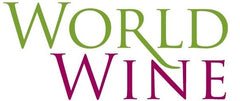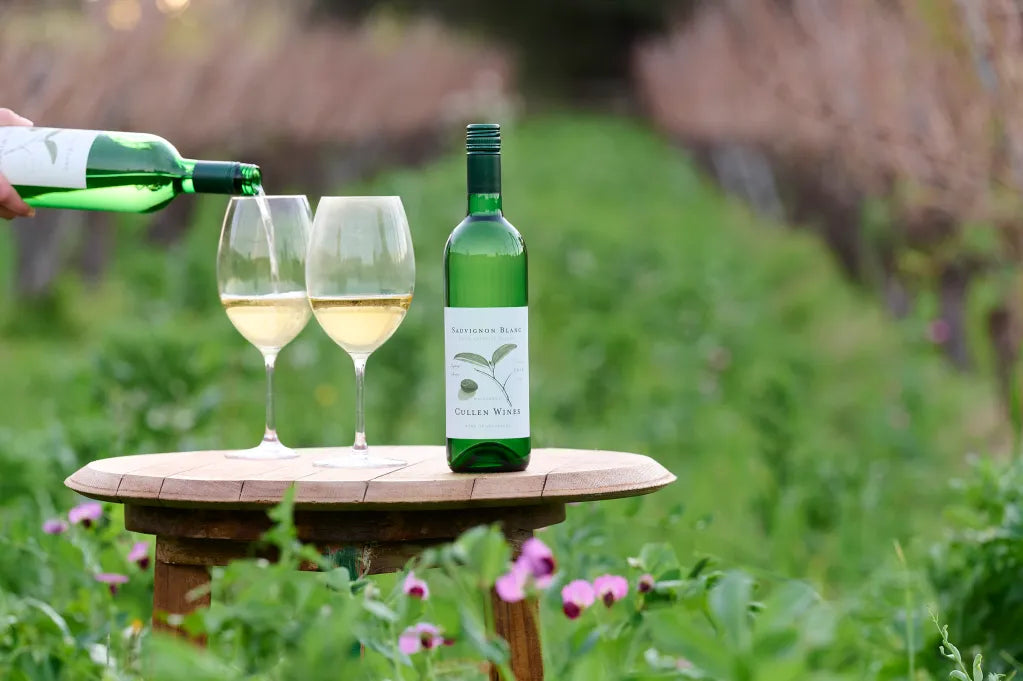Along with some of the most exciting international wine days in 2022, like Riesling Day, Sauvignon Blanc Day, is one of the most important wine holidays in Australia. Sauvignon Blanc day is celebrated on the first Friday of May every year, and there are plenty of reasons to celebrate.
Sauvignon is the source of some of the most refreshing and thirst-quenching wines worldwide, and the best way to commemorate such an exceptional varietal is by learning more about it. What is Sauvignon Blanc? Is Sauvignon Blanc a dry white wine? We’ll cover all the basics, but we’re also going deep and unravel all the grape’s secrets.
Here’s our Sauvignon Blanc Guide, starting with Sauvignon Blanc history, flavour and wine styles. Let’s get to know this lovely grape better.
About International Sauvignon Blanc Day
Wineries, retailers, restaurants and wine lovers come together to celebrate a racy white grape one day a year. It all started in New Zealand in 2010, where growing Sauv Blanc is a religion. International Sauvignon Blanc Day was born to bring people together around the noble varietal.
Wine tastings, talks, dinner parties and special events go on worldwide, most of which you can find just by browsing the holiday’s official hashtag, #sauvblancday.
New Zealand is where the most prominent party happens every year, as every producer of Sauvignon Blanc brings out its best wine to show the world why Sauvignon Blanc is one of the noblest wine grapes. Let’s now talk more about this famous French grape and how it conquered the world.
Sauvignon Blanc FAQs
What is Sauvignon Blanc?
Sauvignon Blanc is not a type of wine but a wine grape. More specifically, a French white grape now cultivated worldwide. Sauvignon is the eighth-most planted varietal and the third most planted white wine grape after Chardonnay and the Spanish Airen.
Is Sauvignon Blanc a dry white wine?
Yes, most wines made with Sauvignon Blanc are fermented to dryness. If there are sweet versions, they are rare and most probably experimental.
Where is Sauvignon Blanc grown?
Sauvignon Blanc thrives in the Loire Valley, France, but it’s also widely cultivated in USA, Chile, Italy, Australia and New Zealand.
What is Sauvignon Blanc history?
Sauvignon’s name comes from the French term “Sauvage,” which means wild. The grape must have grown wild somewhere in the Loire Valley, although its origins are unclear.
What does Sauvignon Blanc taste like?
Wines made with Sauvignon Blanc are herbal, citrus and flinty, and they might display tropical fruit scents if the grapes come from a warm wine region. Sauvignon Blanc always shows vibrant acidity and freshness.
At what temperature should you serve Sauvignon Blanc?
The best temperature for Sauvignon Blanc is 4°C or fridge temperature. Colder than that, the wine’s aromatics will be hard to perceive. Much warmer than that, and the wine’s alcohol will be too volatile, and it might make the wine feel unbalanced.
How to store Sauvignon Blanc?
Store unopened bottles of Sauvignon Blanc in the fridge if just for a few days. For long-term storage, keep your bottles in a dedicated wine cooling unit or cellar away from direct sunlight, heat sources or vibration. The best long-term temperature for Sauvignon Blanc is 10-16°C.
Once opened, store your bottle of Sauvignon Blanc in the fridge, sealed with an air-tight stopper; if vacuum-sealed, even better. Sauvignon Blanc should last 3-4 days once opened if stored properly.
How long does Sauvignon Blanc last?
An opened bottle of Sauvignon Blanc might not last more than a few days, but if still closed and appropriately stored, any Sauvignon Blanc should still be enjoyable three years after its vintage.
Age-worthy Sauvignon Blanc exists. The best French examples and a handful of bottles from the New World are made to withstand the test of time and can be enjoyed between 5-10 years.
What to do with leftover Sauvignon Blanc?
Sauvignon Blanc can and will go bad after a few days opened. That doesn’t mean you have to throw it away. If slightly oxidized, use your wine to make white Sangrias with it or use it in herbal sauces or salad dressings, especially if adding aromatic herbs.
Sauvignon Blanc Wine Styles
Sauvignon Blanc is a versatile variety. Winemakers can play around with it to produce different results. These are the most common Sauvignon Blanc wine styles.
Stainless steel Sauvignon Blanc. This is the most common wine style made with the French grape. The grapes are picked and fermented in stainless steel tanks, clarified, filtered and bottled. These wines are best enjoyed young.
Oak-aged Sauvignon Blanc. Although rare, wines made with Sauvignon Blanc can be aged on their lees and in oak barrels for medium-bodied wines with a robust mouthfeel and a more persistent texture.
Sauvignon-Semillon Blends. Sauvignon Blanc is not often blended with other grapes, but its traditional blending partner is Semillon. This unique blend was born in Bordeaux, and it can contain small amounts of Muscadelle. Producers worldwide imitate this style.
Why Is Sauvignon Blanc Herbal?
One of Sauvignon Blanc’s unique traits is its fresh, herbal character, not found in any other wine grape. So, what’s all that about?
It turns out Sauvignon Blanc grapes are high in natural compounds that we perceive as herbal or vegetal. Sommeliers call them pyrazines, but they’re a bit more complex than that. What matters is that these herbal notes are hereditary. They’re found in Sauvignon Blanc’s prodigal son, Cabernet Sauvignon, which often displays vegetal notes reminiscent of capsicum bell peppers.
In Sauvignon Blanc, these compounds can come off as scents reminiscent of fresh-cut grass, fresh cooking herbs or jalapeño peppers. Sauvignon’s herbaceousness is particularly pleasing thanks to the grape’s tangy acidity, making it even more refreshing.
Can You Age Sauvignon Blanc in Oak Barrels?
Most modern Sauvignon Blanc is meant to be enjoyed young. Producers press the grapes and ferment the sweet juice in stainless steel tanks. After a quick fermentation, the wine is bottled and sent to the market.
Traditional wine regions specialising in Sauvignon Blanc including Bordeaux and Sancerre, both in France are home to producers willing to take things a bit slower. Oak-aged Sauvignon Blanc is not uncommon in the Old Continent, and producers worldwide are catching up.
Some of the most quality-minded producers, even in New Zealand, where clean-cut Sauvignon is the norm, are experimenting with oak-aged Sauvignon Blanc. The result is fantastic — age-worthy, complex white wines amongst the most exciting in the world.
How to Pair Sauvignon Blanc with Food?
Sauvignon Blanc is deliciously compatible with food, thanks to its piercing acidity and light body.
Many foods pair well with Sauv Blanc, including fresh cheese, salads, cold cuts, olives and other appetisers. Sauvignon Blanc is also the perfect partner for fish and seafood, from shucked oysters to whole fried fish.
Wines made with Sauvignon Blanc are lovely sippers on their own, and you don’t need food to enjoy them. Still, there’s nothing like a proper wine pairing. Mediterranean food, fried goodies, white meat and vegetarian meals are all compatible with Sauvignon Blanc. Even the heartiest meals can be pleasantly contrasted by the crisp wine, making Sauvignon Blanc one of the friendliest wines on the table.
How to Celebrate International Sauvignon Blanc Day?
The best way of celebrating International Sauvignon Blanc Day is by looking for a wine tasting or event near you. Perhaps even the wine-oriented restaurants and wine shops in your locality have something special for you.
If you can’t find a wine event where you live, organise your own! Get a few bottles of Sauvignon Blanc, make sure they’re nice and cold and call some friends over for a dinner party, a wine tasting, or both.
The best thing about Sauvignon Blanc wines is that they’re never too formal, but they’ll rise to any occasion. For backyard pool parties to formal dinners, Sauvignon Blanc has you covered. Now that you know what is Sauvignon Blanc, it’s time to make it part of your life.

